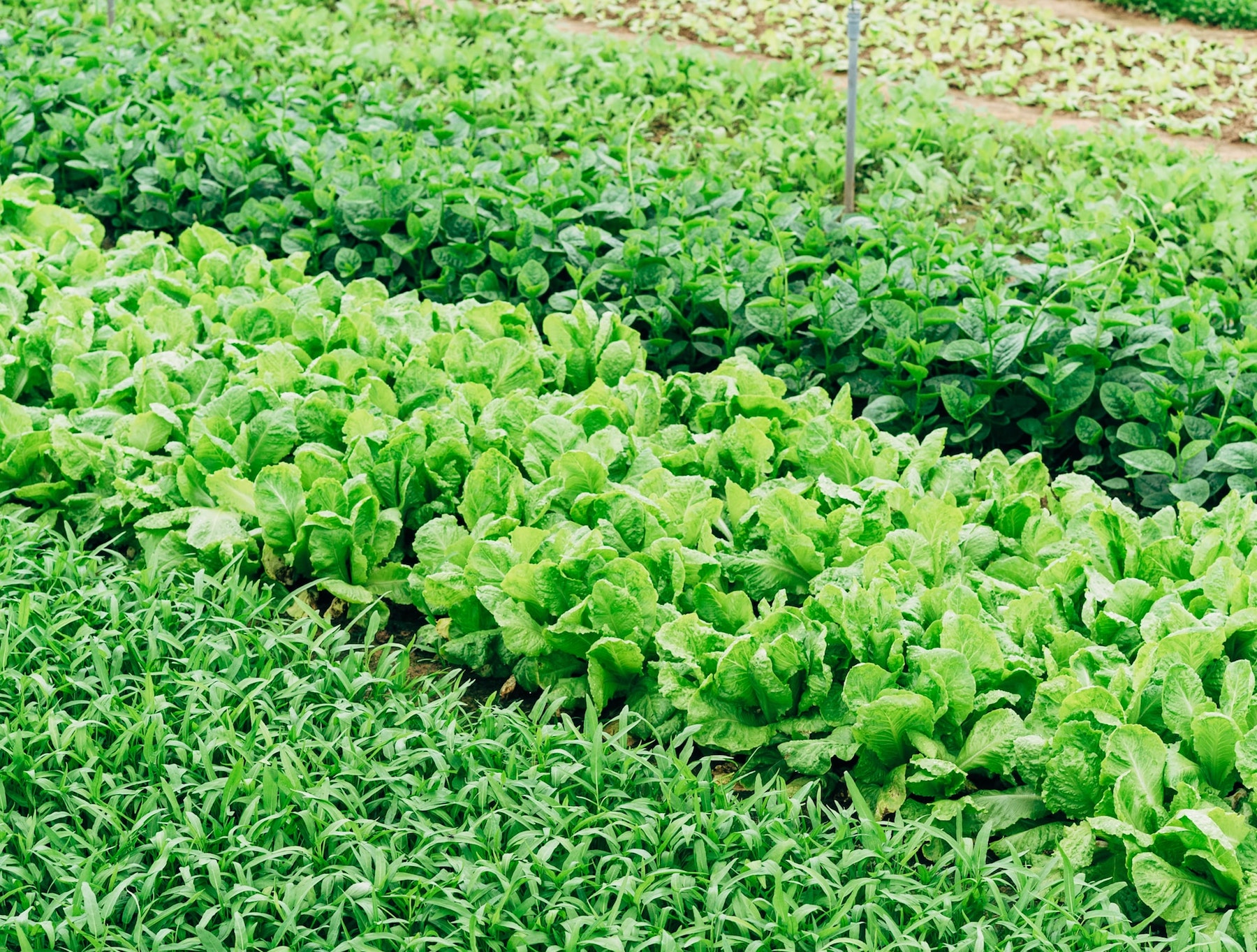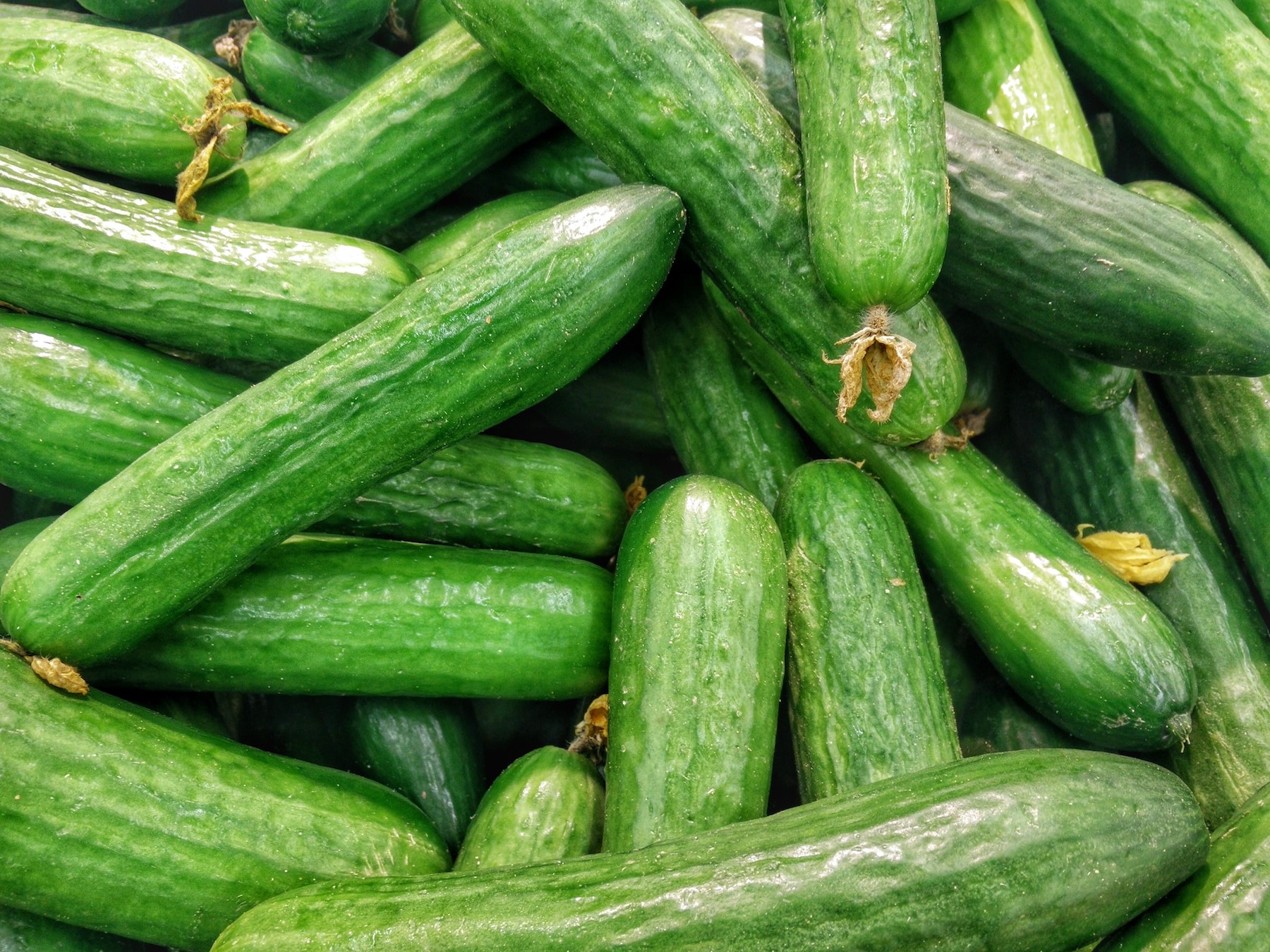What to plant in May
Growing your own vegetable garden is a fun way to enjoy fresh produce in your home. Whether you have a large or small garden, it's important to plan ahead when planting so that you can maximize what you grow.

In May, there are several vegetables that can be planted and harvested during the summer months.
Sweetcorn
Sweetcorn is easy to grow, but it does require plenty of space. Each plant needs about a yard of room, so if you're growing in a small garden or container, consider planting two or three at once. Plant one seed every few inches along each side of the row (about 18 inches apart). Once they sprout, thin them so that they have 6 to 10 inches between each plant.

Well-drained soil enriched with compost will work well for this crop; sandy soils are ideal if you live in an area where rain is abundant and regular watering isn't necessary. A pH between 5.5 and 7 is ideal for sweetcorn; many commercial growers use raised beds with good drainage because their soil tends toward acidic ("sour") conditions without extra amendments such as lime or gypsum added during preparation for planting season every year (and again after harvest).
If your soil doesn't need correction before using it for sweetcorn crops then just double check that there aren't any large rocks or other debris before digging up these seeds! You don’t want them digging up any rocks while they're trying
Beetroot
Beetroot is a root vegetable that can be grown in the home garden. It's also known as beet, and is very easy to grow. You can harvest beetroots all year round, but they're most flavorful in the spring and early summer months; they'll keep well in the ground over winter if you leave them there!

For planting, choose a sunny spot with good drainage and add plenty of compost or manure on top of your soil. Beetroot requires at least an inch of water each week so make sure it has access to water when it needs it--and don't forget that you can also allow some rainfall to soak into your soil before watering again!
Cucumber
Cucumbers are a warm-weather plant, so wait until temperatures are consistently above 70 degrees before planting. You can start indoors or in the garden. To start indoors, fill small pots with potting soil and plant your seeds 1/4 inch deep. Water well and place them in a warm spot that gets good sun but is protected from wind and frost (such as on a south-facing windowsill). Keep the soil moist until they germinate, which should take between 10 to 20 days.

When it's time to put your plants into the ground, dig deep holes about 12 inches apart and fill them with composted manure mixed with soil from the hole you dug for transplanting; then cover this mixture with 6 inches of soil.
Plant two cucumber plants per hole about 2 feet apart; space rows 4 feet apart from each other if you want more than one row of growth per season (and make sure your rows are also at least two feet apart). Water thoroughly afterward so new roots have plenty of moisture when they go into the ground!
When harvesting begins (usually around mid-July), pick regularly every few days to keep your vines healthy!
Broccoli

Plant broccoli in May, when the soil is warm and you can water regularly. A sunny spot will help your plants grow quickly, while too much shade will cause them to bolt (flower early). When the flower heads are small, pick them so you can eat them right away or freeze for later use. This is a popular vegetable that many people know how to cook but may not have tried growing themselves yet!
Rocket
Rocket, also known as arugula, roquette and rucola is a leafy green vegetable that can be used in salads or cooked for side dishes. It has a peppery flavour so it goes well with other strong flavours such as cheese and tomatoes.
How to grow rocket: Rocket seeds are very easy to grow from seed sown directly into the garden in early May when the soil temperature is between 10°C (50°F) and 15°C (60°F).

The seeds should be planted at least 6cm (2in) deep and spaced 16cm (6in) apart in rows 30-40cm apart. When growing rocket in containers, sow directly into pots filled with potting mix which has been pre-moistened with water containing some fertilizer or compost tea – this will help get your plants off to a good start.
What are you planting this May?
You really can’t go wrong with any of these plants, but if you want to be sure you get the biggest yield from your garden, then I would recommend starting with some beans and peas. They are low maintenance and will grow quickly enough to keep up with the rest of your crops.
Try MarketGardenPro for Free